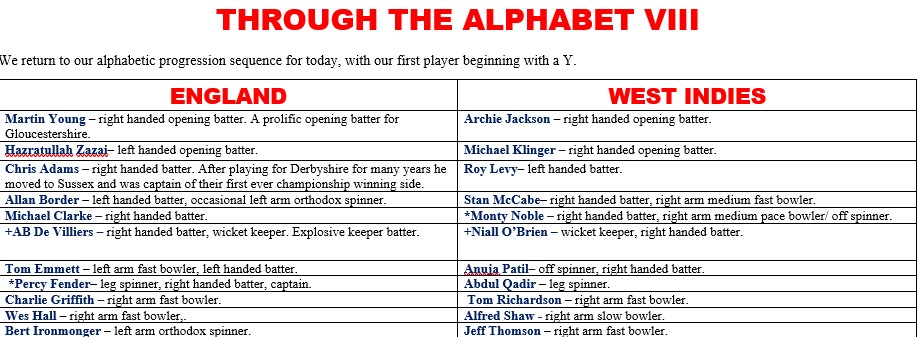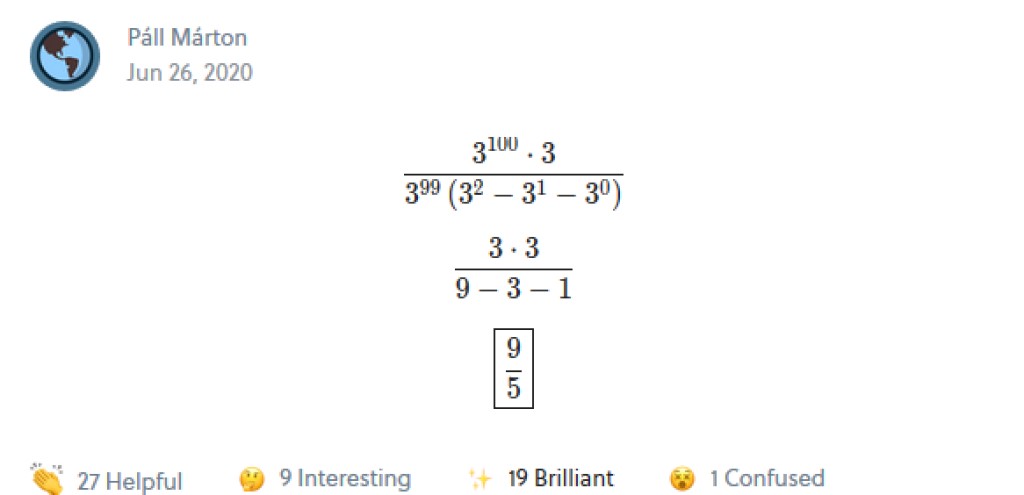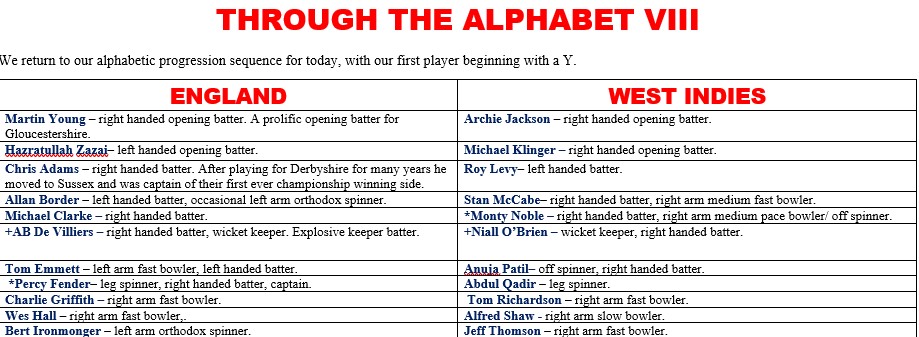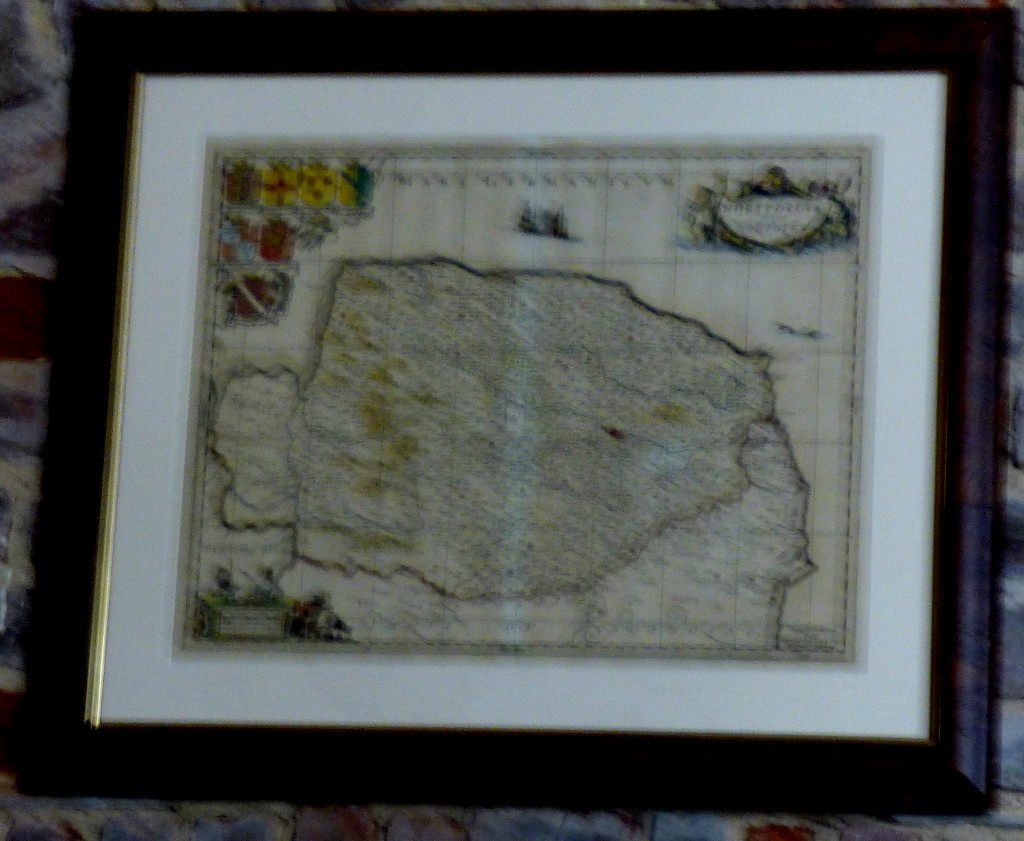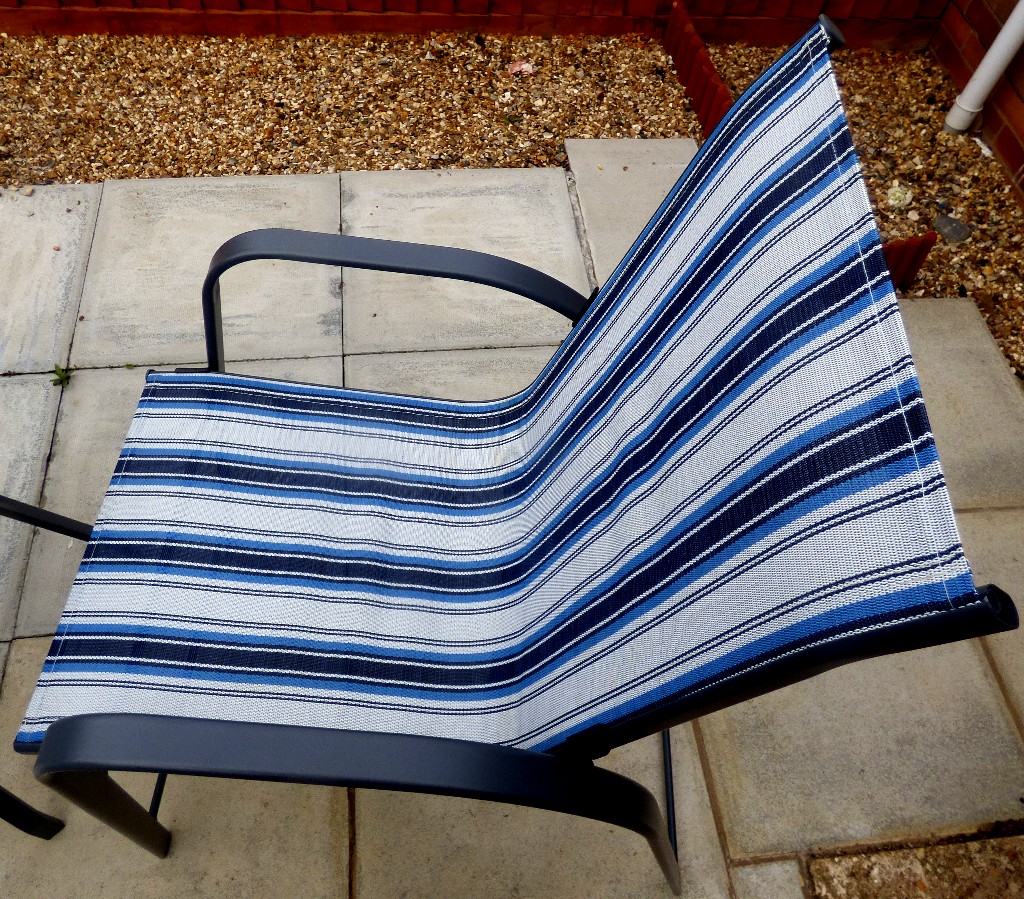Welcome to the latest instalment in my extended analysis of how the all time XIs I selected for each letter of the alphabet fare against one another. The Ns are in the spotlight today, with 19 of a possible 80 points scored so far.
THE Ns V THE Rs
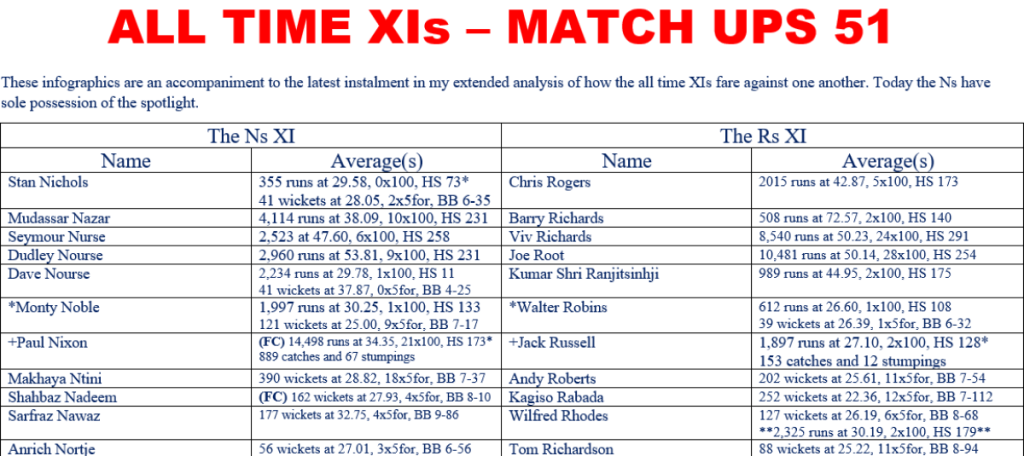
The Rs dominate the top batting positions. In positions 1,2,3 and 5 they win comfortably, Root at number four is officially a few runs an innings less good than Dudley Nourse, but he had less support than did Nourse, and his record has been established over many more games. Robins is outmatched by Noble as a player, but their captaincy is of similar (very high) standing. Nixon possibly outbats Russell but is indisputably the lesser keeper. Rabada, Richardson and Roberts are definitely a superior pace trio to that possessed by the Ns, while Rhodes absolutely blows Nadeem out of the water as a left arm spinner. The Rs are thus ahead on batting, bowling and keeping, and level on captaincy, allowing for only one scoreline: Ns 0, Rs 5.
THE Ns V THE Ss

This is a real thrash job, with the Ss totally dominant in batting and fast bowling, Sobers in his slow incarnations and Stevens little if any inferior to Noble and Nadeem as a spin combination. Stokes is clearly preferable to Nichols, good as he was, as a sixth bowling option. Nixon outranks Sangakkara as keeper, but that cannot alter the scoreline: Ns 0, Ss 5.
THE Ns V THE Ts
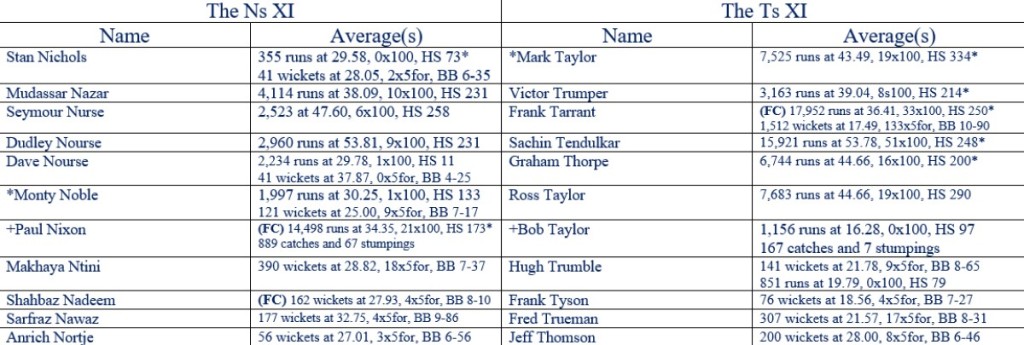
Other than Nurse at number three outranking Tarrant in that department the Ts win all the batting match ups in the top six, most of them with some comfort (Trumper beats Nazar by more than the difference in averages suggests as he played on more difficult surfaces than Nazar). Nixon clearly rates above Bob Taylor with the bat, but the latter was by far the finer keeper. Trumble outranks Noble as off spinner, and Tarrant massively outranks Nadeem as a bowler. The Ts also have the better pace trio, though this is slightly offset by the presence of Nichols as a fourth pace bowling option for the Ns. Once again, the Ns are further out of their depth than were 1989 England when the Aussies came calling: Ns 0, Ts 5.
THE Ns V THE Us
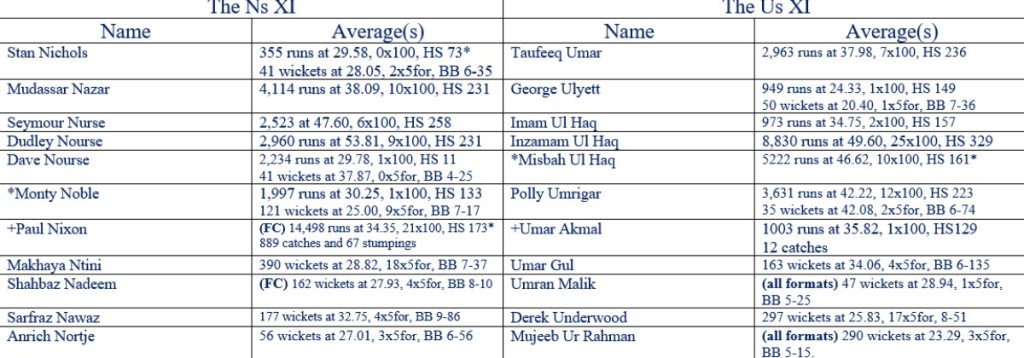
Neither side have a great opening pair, though Ulyett’s average on Victorian era pitches makes him at least a match for Nazar on the pitches he batted on. Ulyett also has to rate as a better fast bowler than Nichols and Nawaz, though the Ns have the two best fast bowlers, Nortje and Ntini in their ranks. Nurse outranks Imam-ul-Haq, Dudley Nourse just outranks Inzamam-ul-Haq, while Misbah=ul-Haq makes up the difference by outclassing Dave Nourse. Umrigar rates above Noble as a batter, but offers little bowling. Umar Akmal outranks Nixon as a batter, but Nixon was far the superior keeper. The Ns have the better fast bowling, but Underwood massively outranks Nadeem and would also put Ur Rahman above Noble. It is close in batting, the Ns have a small advantage in pace bowling, the Us a bigger one in spin bowling. The Ns have the finer skipper and the finer keeper. I think the Us just have enough and score this one Ns 2, Us 3.
THE Ns V THE Vs
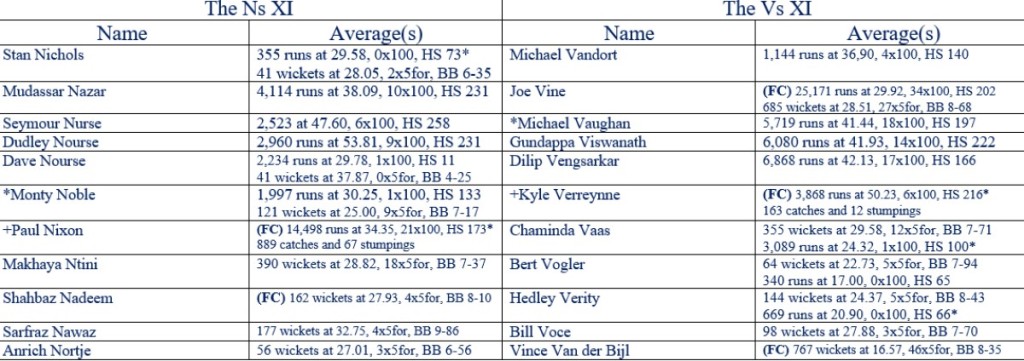
The Ns have a small advantage in batting strength and in captaincy. Keeping is too close to call, but the Vs are better in bowling – Verity and Vogler are the two best spinners in this match up, Vine probably outranks Nadeem for fourth spot in that category, and the Vs pace trio outrank the Ns by more than enough to render Nichols irrelevant – Vaas’ record is better than Nawaz as it stands, but he would fare even better as third seamer in a strong attack than he did IRL as opening bowler in a weak one. I am not going to call this one a whitewash, but the Vs are significantly clear: Ns 1, Vs 4.
THE Ns PROGRESS REPORT
The Ns have scored 3 of a possible 25 points today, and are now on 22 out of 105, 20.86% overall.
PHOTOGRAPHS




































































































